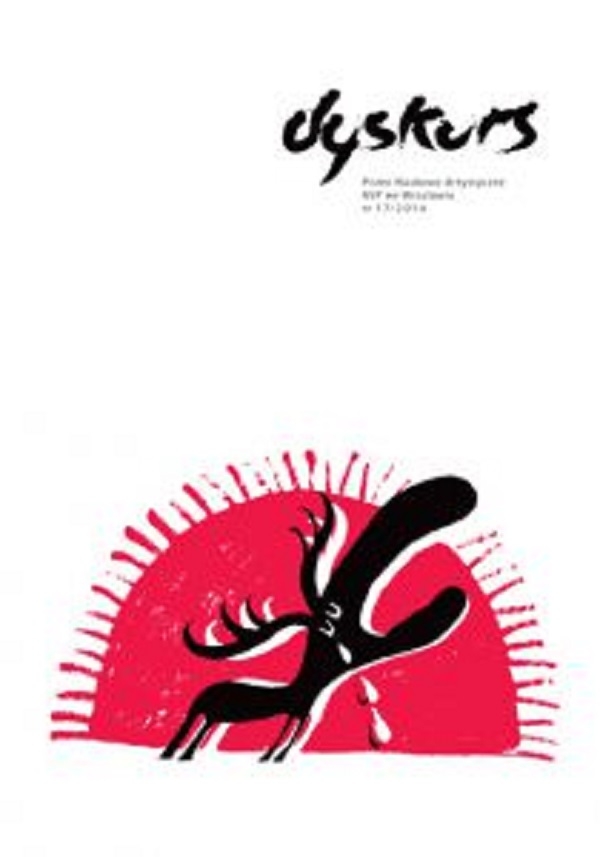Neoawangarda; wprowadzenie do sztuki współczesnej
Abstrakt
Neo-Avant-Guard Art as an Introduction to Postmodern Art
Grzegorz Dziamski analyzes two concepts of neo-avant-guard theoreticians: by Frank Popper and Jerzy Ludwiński. They both shared a belief in avantguard’s theology. They believed that avant-guard had a goal: it aimed, more or less consciously, to some purpose or—to put it slightly differently—that it was subordinated to some historic logic which we can identify and describe. They tried to reveal logic in the changes of the neoavant- guard and they assumed that there was a meta-narrative in the conversion of neo-avant-guard which would explain the changes.
When neo-avant-guard achieved its goal, its history came to an end and thus it lost its explanatory metanarrative. Here we encounter a wellknown figure by Hegel: neo-avant-guard art contributed to the formation of the goal in art thus art became self-aware. Ludwiński said that ‘art knows that anything can be art’, therefore it can use different forms, styles, languages, media and it does not have to make every effort to distinguish itself from non- art.
There is one common feature of the two avant-guard theories: both theories are formed ex post, from the out-side point of view, assumed when the process came to its end. Popper and Ludwiński’s theories can be cosidered as post-modern theories because they both analyzed avantgaurd from external position and they formed the distance to the avantguard and its narrativ. Also, they belive that all neo-avant-guard categories of description and criteria of evaluation of art have lost their meaning.

